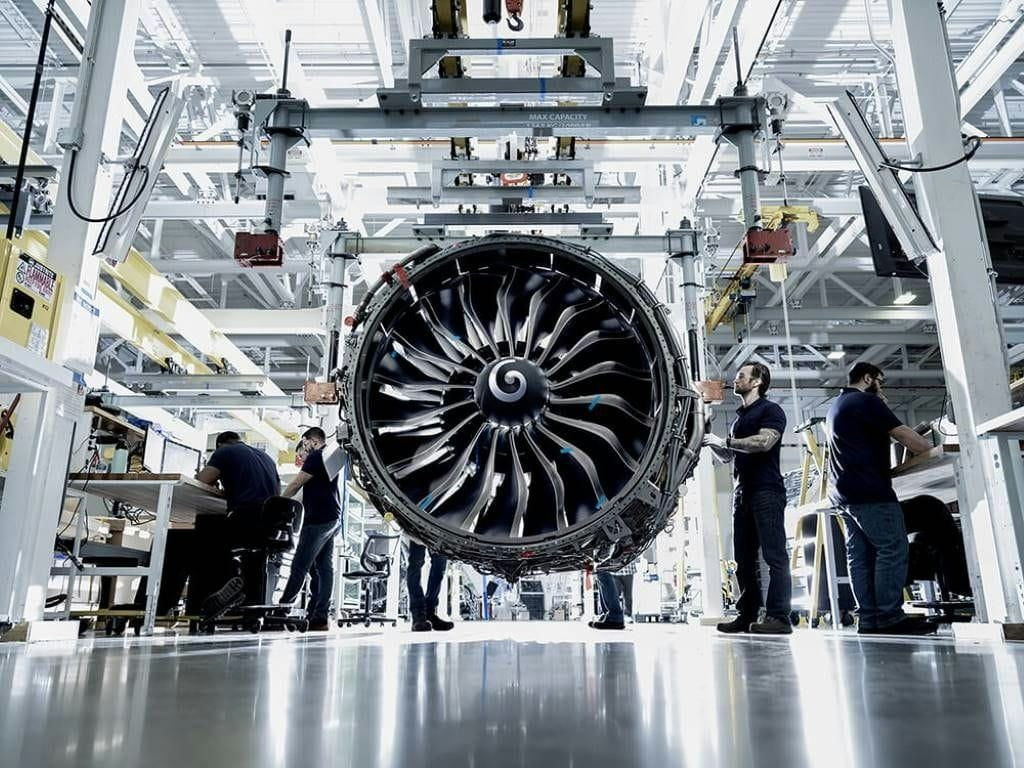
AeroGenie — Your Intelligent Copilot.
Trending
Categories
Boeing Hits 52-Week High as China Deliveries Resume and 737 Production Increases
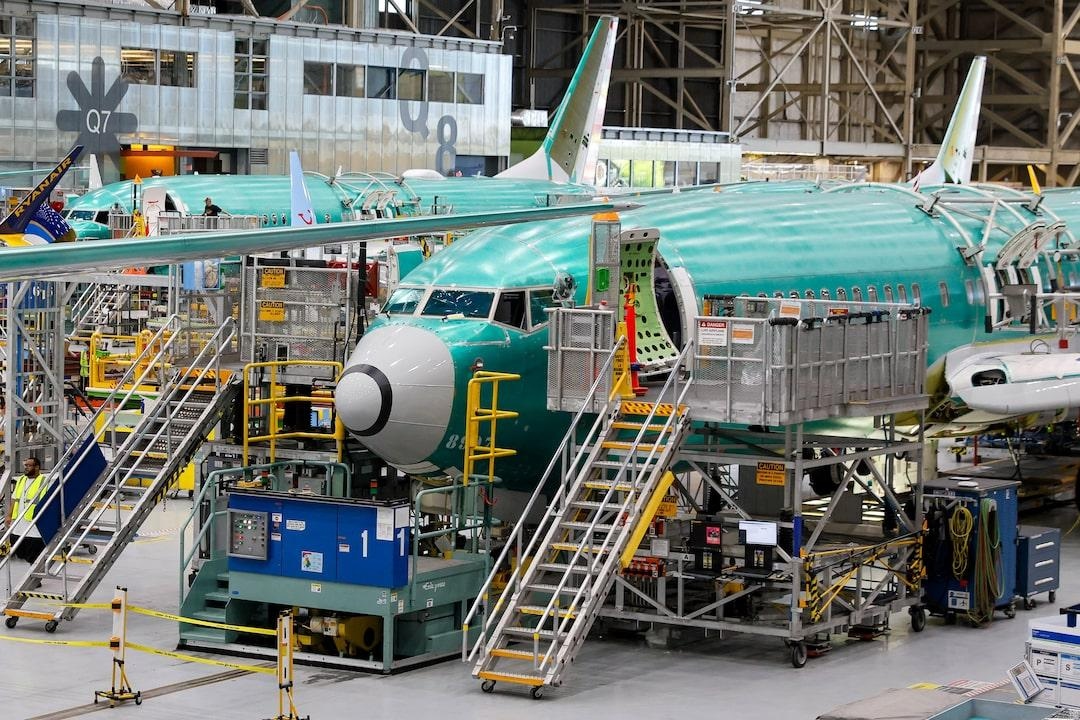
Boeing Shares Reach 52-Week High Amid Resumption of China Deliveries and Increased 737 Production
Boeing’s stock surged to a 52-week high on Thursday, peaking intraday at $212, following the company’s announcement of resumed aircraft deliveries to China and plans to accelerate production of its 737 model. This positive momentum comes after a challenging period marked by last year’s door plug blowout incident, which significantly impacted the company’s stock and reignited concerns surrounding the 737 MAX.
Resumption of China Deliveries and Production Expansion Plans
At a Bernstein conference, Boeing CEO Kelly Ortberg confirmed that the company will restart deliveries to China next month, ending a suspension that began in April amid ongoing trade tensions. This development is viewed as a crucial step in reestablishing Boeing’s foothold in one of its most vital international markets.
Ortberg also outlined ambitious plans to increase 737 MAX production, aiming to raise output to 42 jets per month in the near term, with a target of 47 per month by the end of the year. These production goals remain contingent on approval from the Federal Aviation Administration (FAA), which currently limits monthly production to 38 units.
Market Dynamics and Competitive Pressures
Boeing’s renewed progress occurs against the backdrop of intensified competition from Airbus, which is pursuing even higher production rates. This competitive environment is driving both manufacturers to consider pricing strategies and enhanced marketing efforts to secure market share. While Boeing’s announcements have been welcomed by some investors, market sentiment remains cautious due to ongoing concerns about the 737 MAX’s safety record and the company’s ability to fully restore confidence among regulators and customers.
Government Support and International Contracts
Despite recent setbacks, including the loss of the Air Force One contract, Boeing continues to receive substantial support from the U.S. government. The Trump administration has played a significant role in facilitating multibillion-dollar orders from countries such as Qatar and the United Kingdom, as part of broader trade agreements. Additionally, the Department of Justice recently reached a settlement with Boeing, dropping a criminal case related to the fatal 737 MAX crashes. This legal resolution provides the company with some relief as it endeavors to rebuild its reputation.
Outlook
As Boeing seeks to leverage renewed demand and international backing, it faces ongoing challenges from regulatory scrutiny and intense competition. The coming months will be pivotal as the company pursues FAA approval for increased production and works to reassure the market of its long-term stability.

Passengers Respond Positively to Airline’s AI Flight Attendant
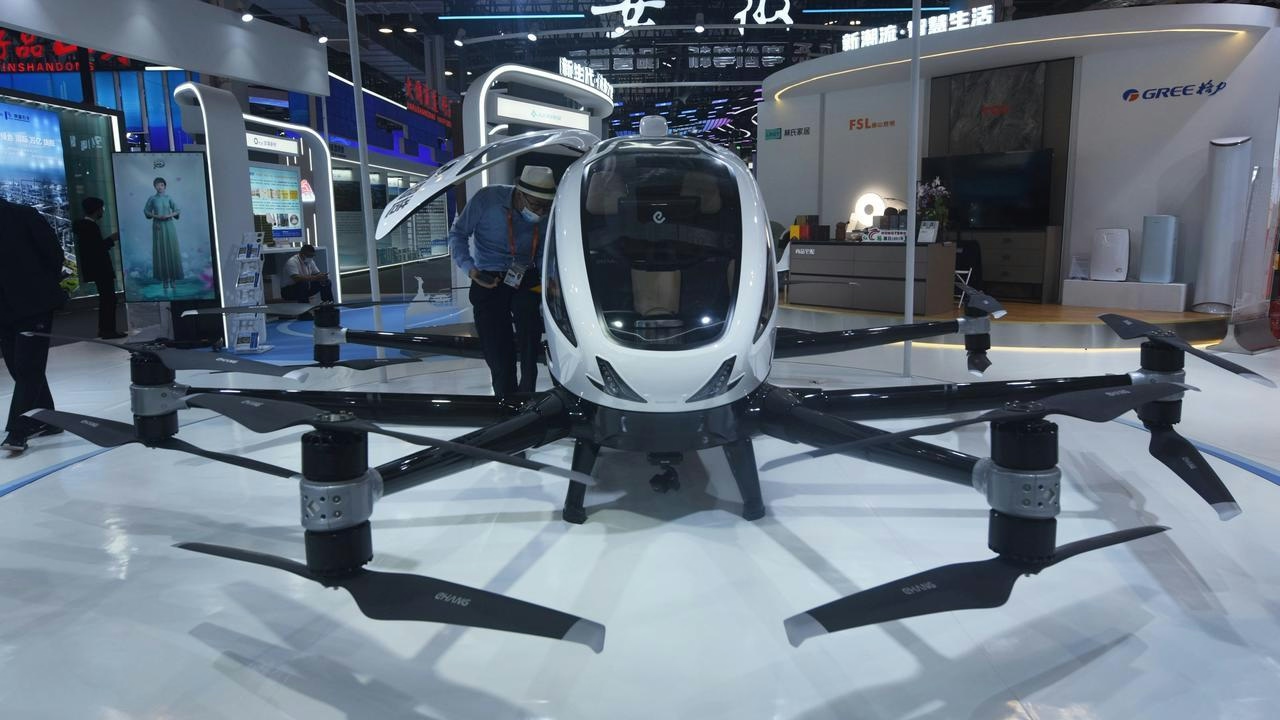
EHang Completes Pilotless eVTOL Air Taxi Trials in Doha
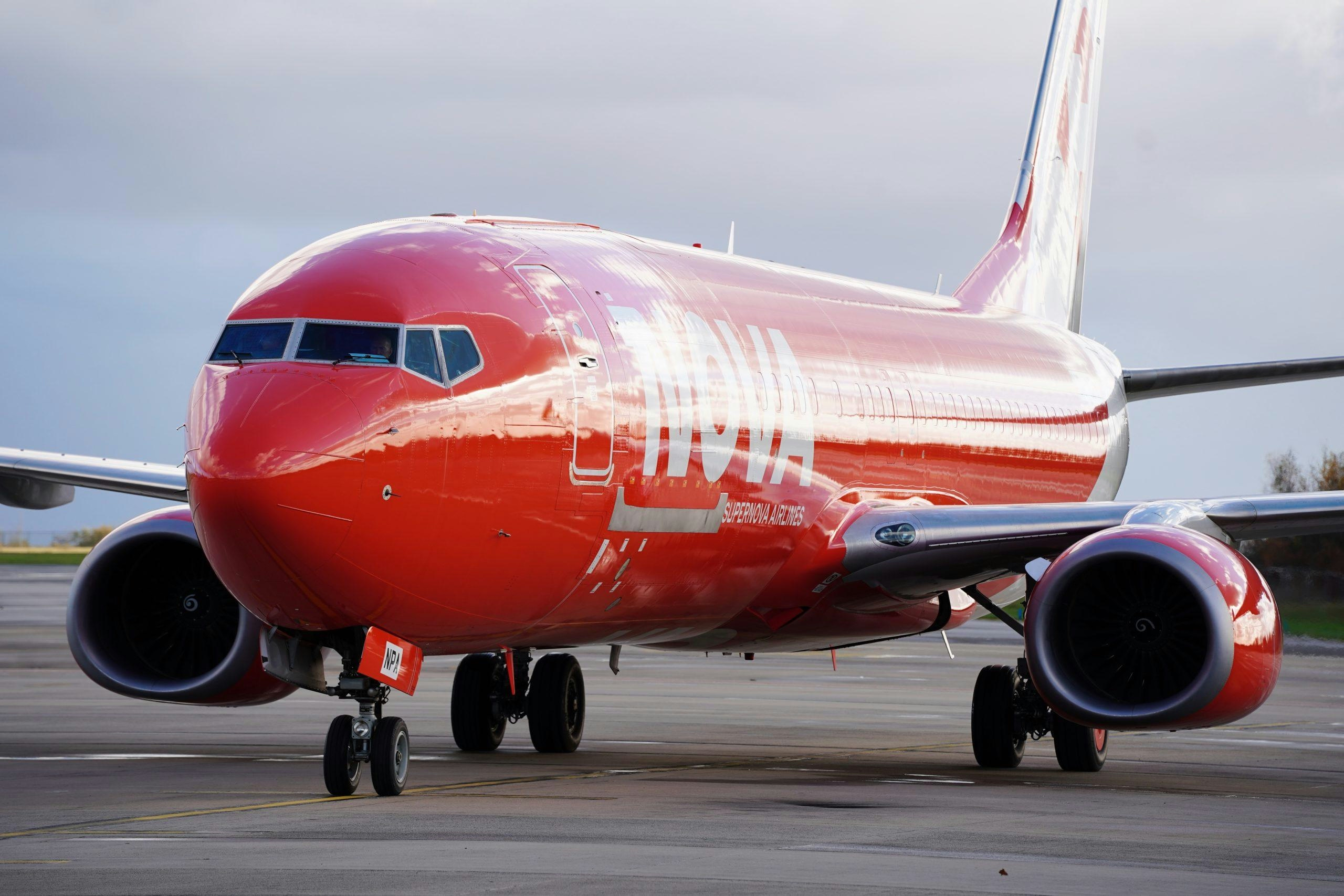
Supernova Airlines opens new Liege–Ostrava cargo link, strengthening European supply chains

Joby Outlines Dubai Air Taxi Plans Ahead of FAA Certification

flydubai Signs Agreement with GE Aerospace for 60 GEnx-1B Engines

FG Highlights Investment Opportunities to Modernize Nigeria’s Aviation Sector
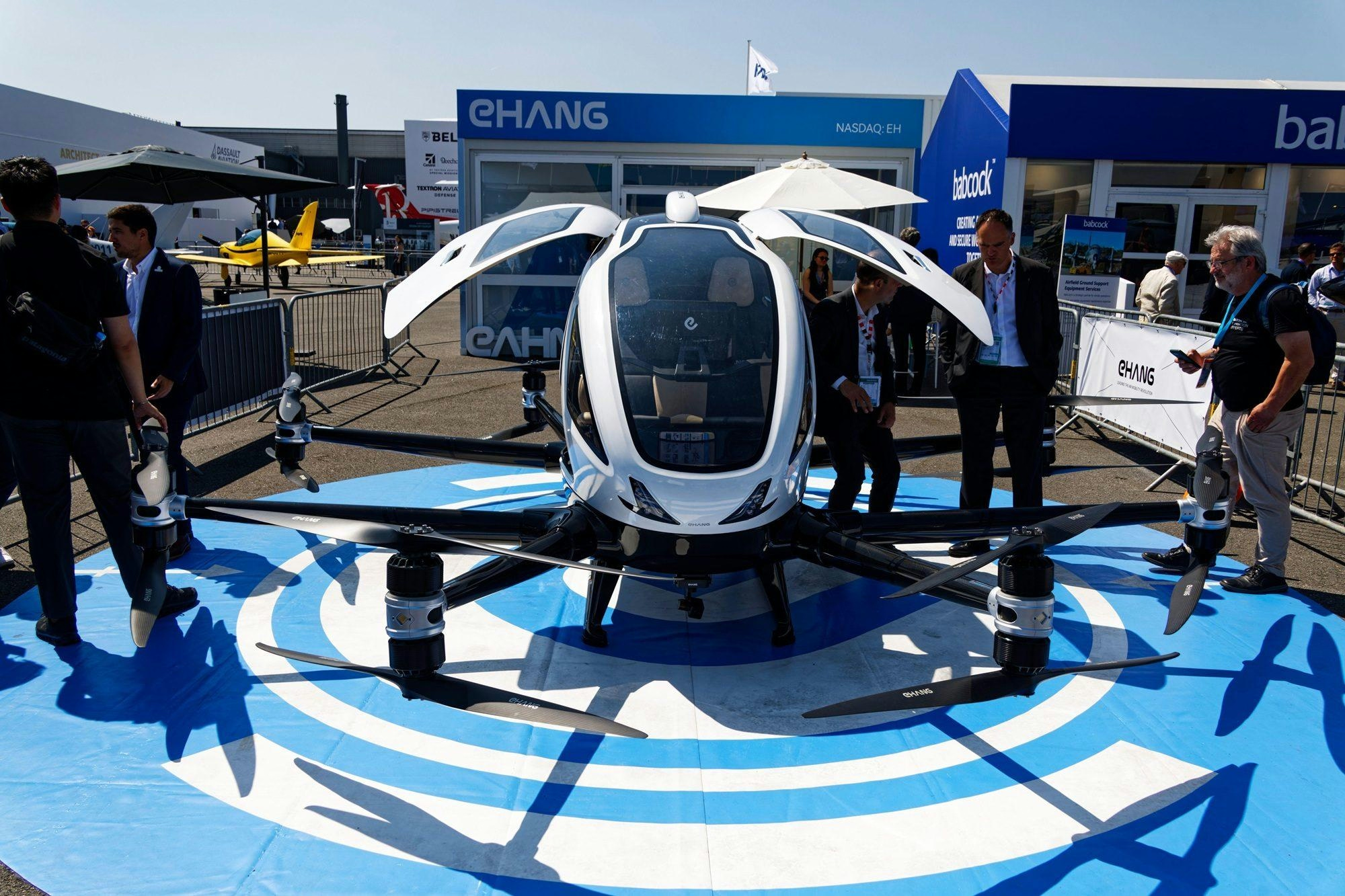
Flying taxi travel to be as easy as ordering an Uber, Dubai Airshow exhibitors say
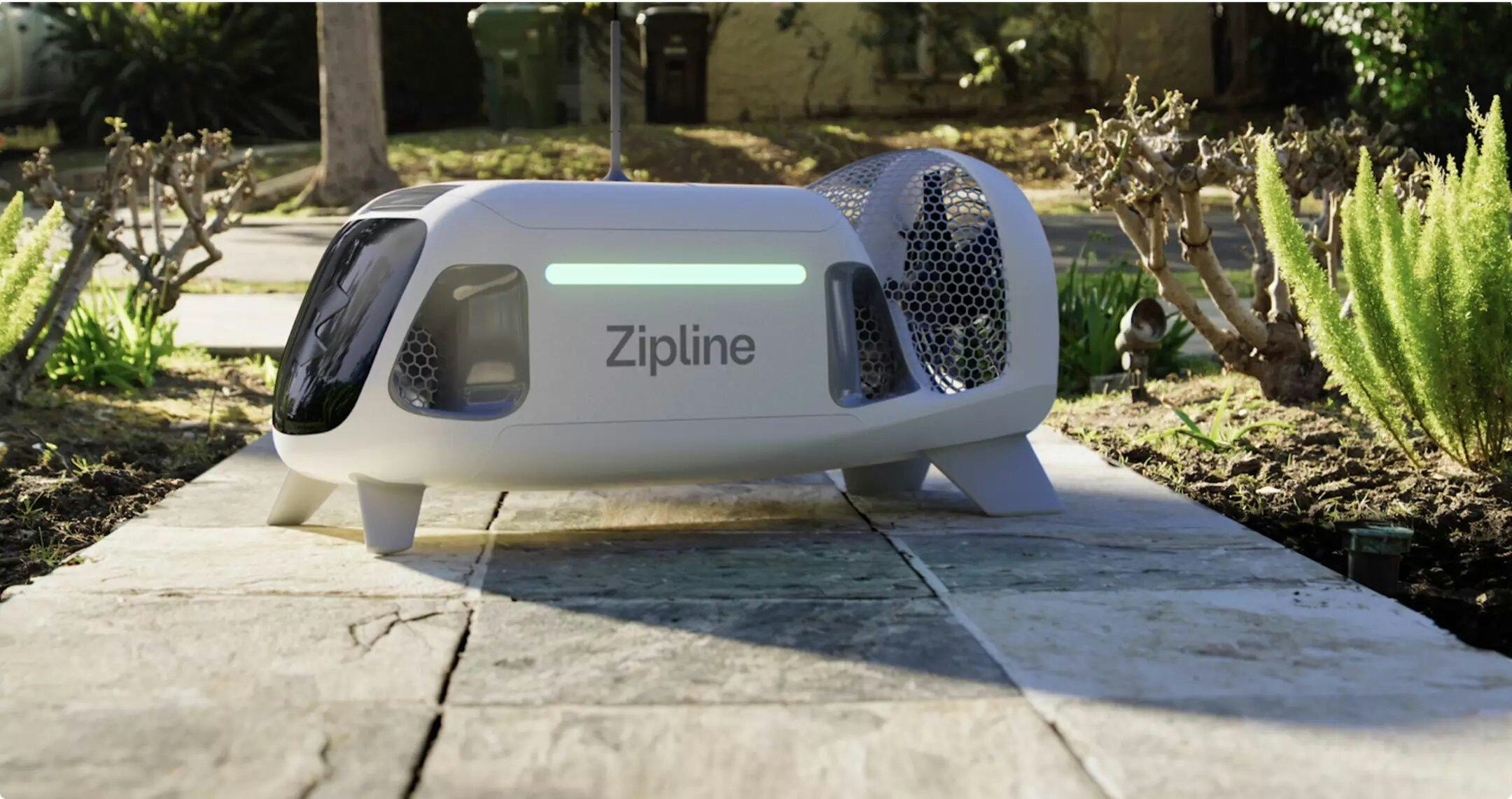
Inside Zipline’s Approach to Drone Safety Testing
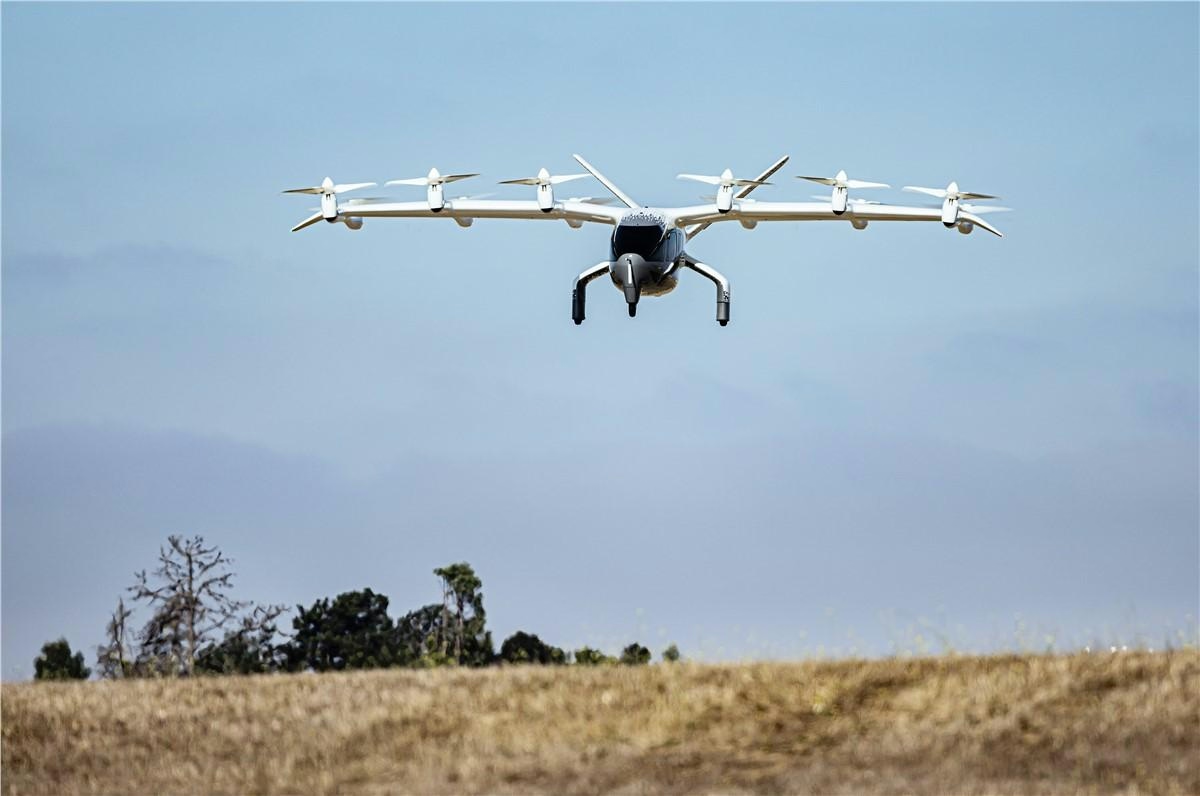
Joby Aviation Debuts Air Taxi at Dubai Airshow
